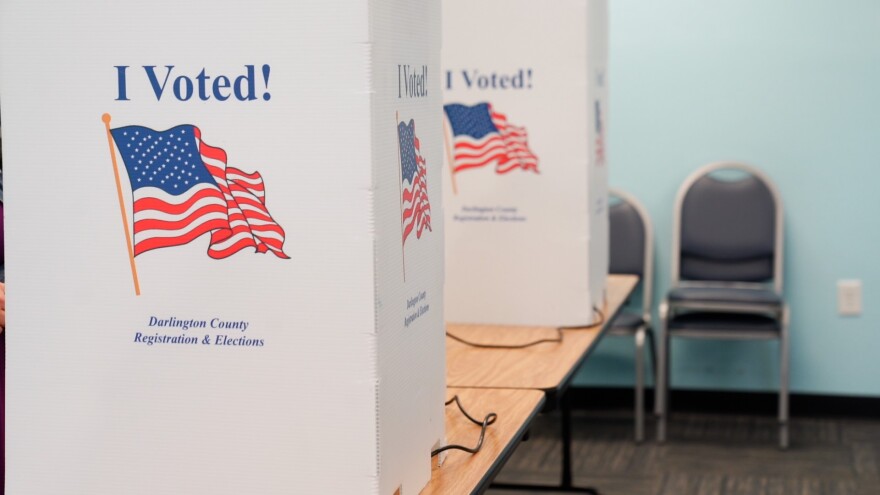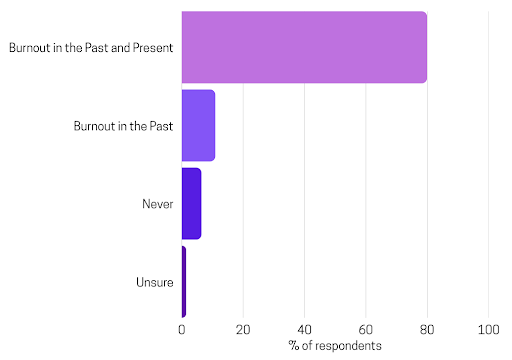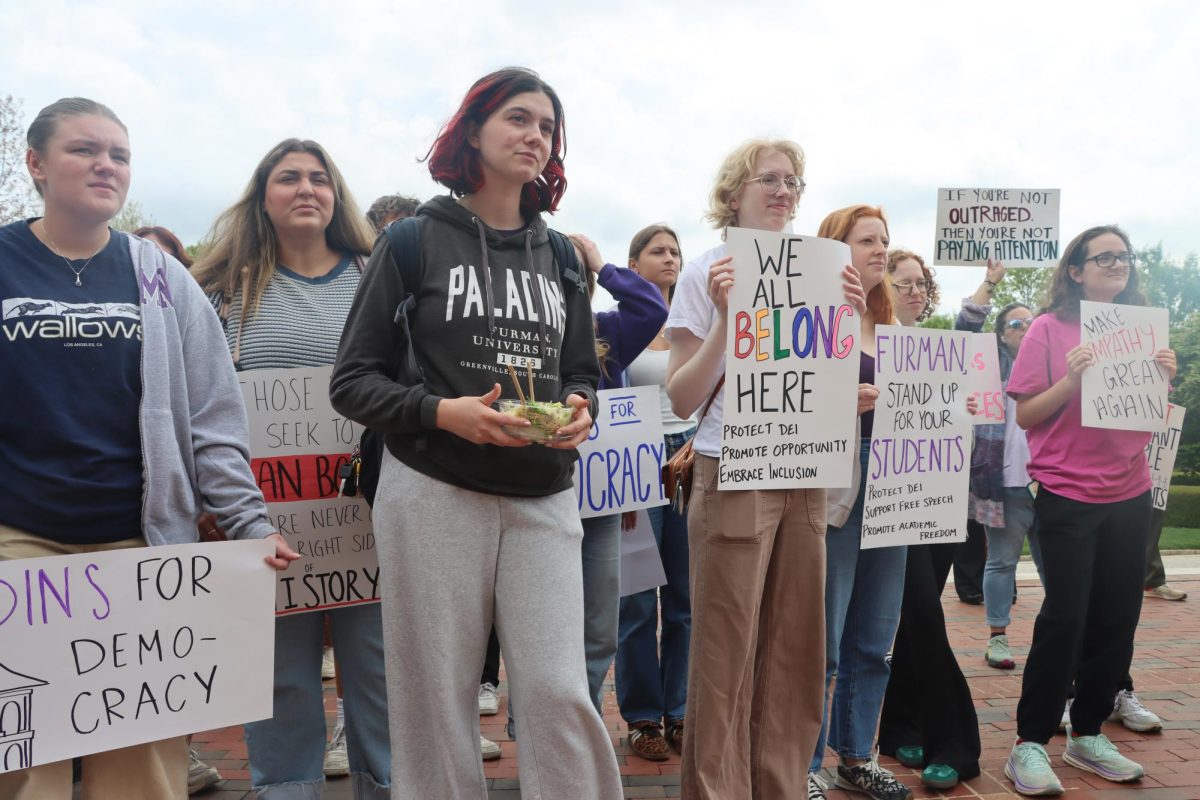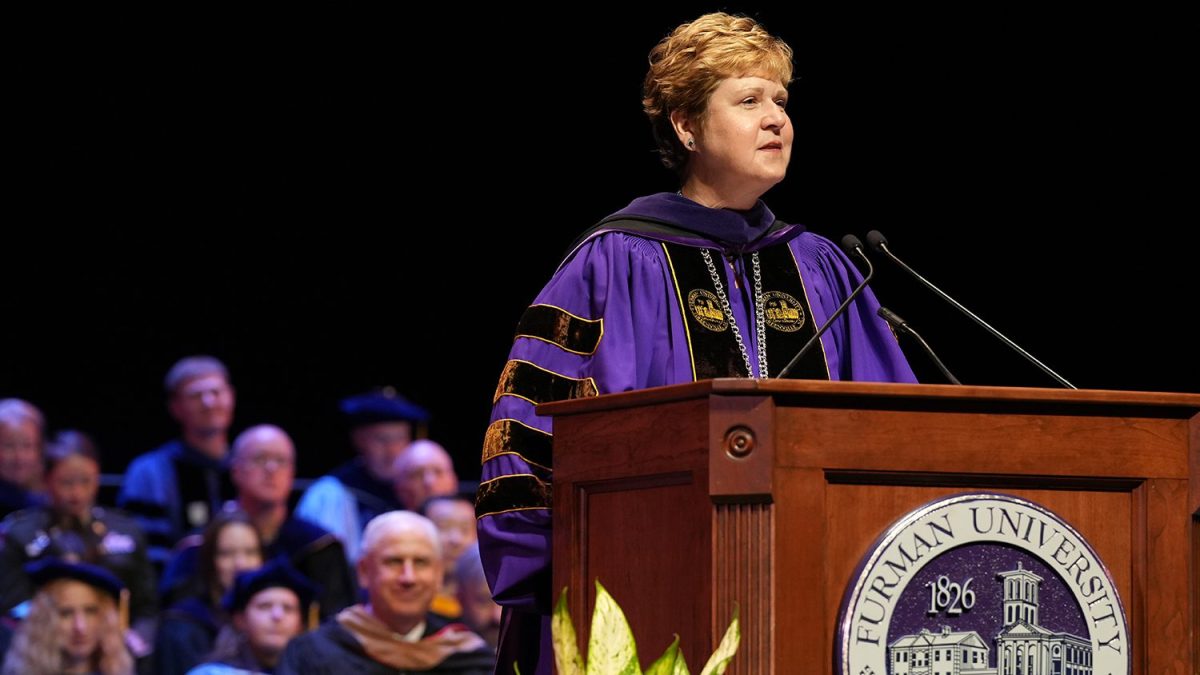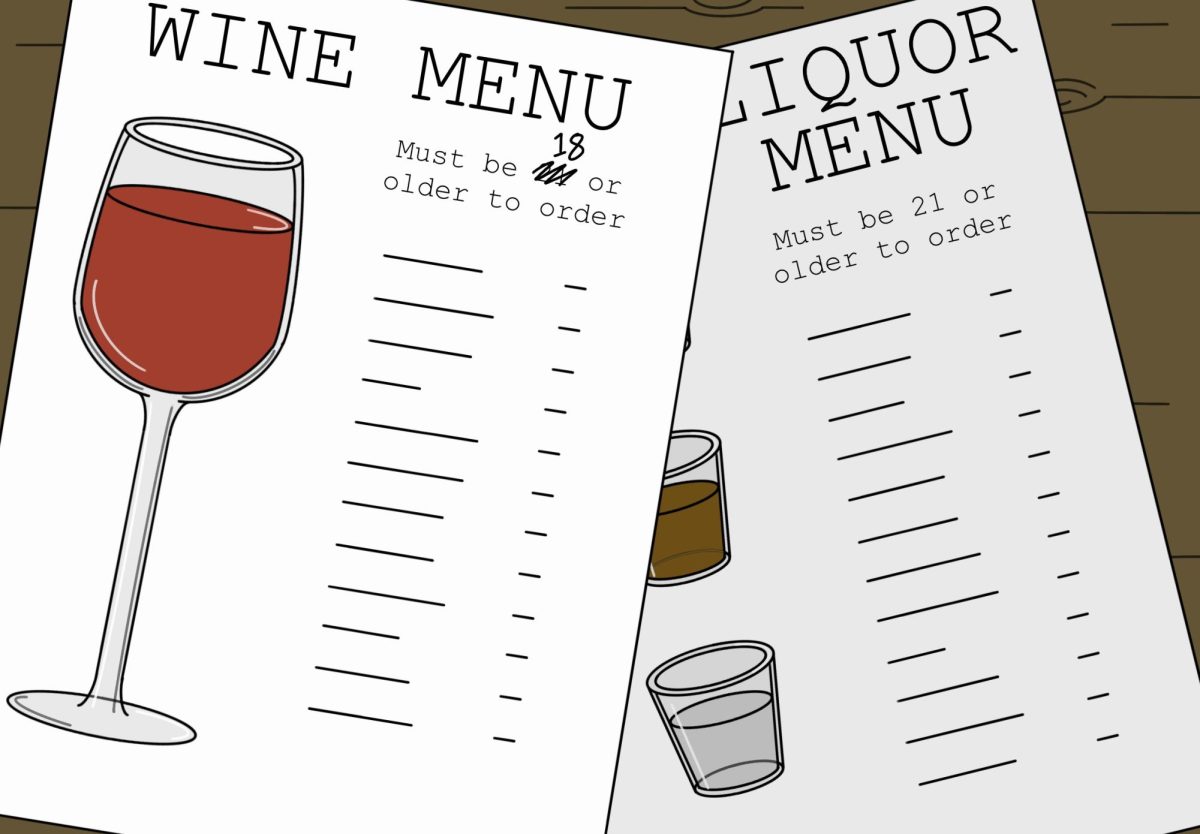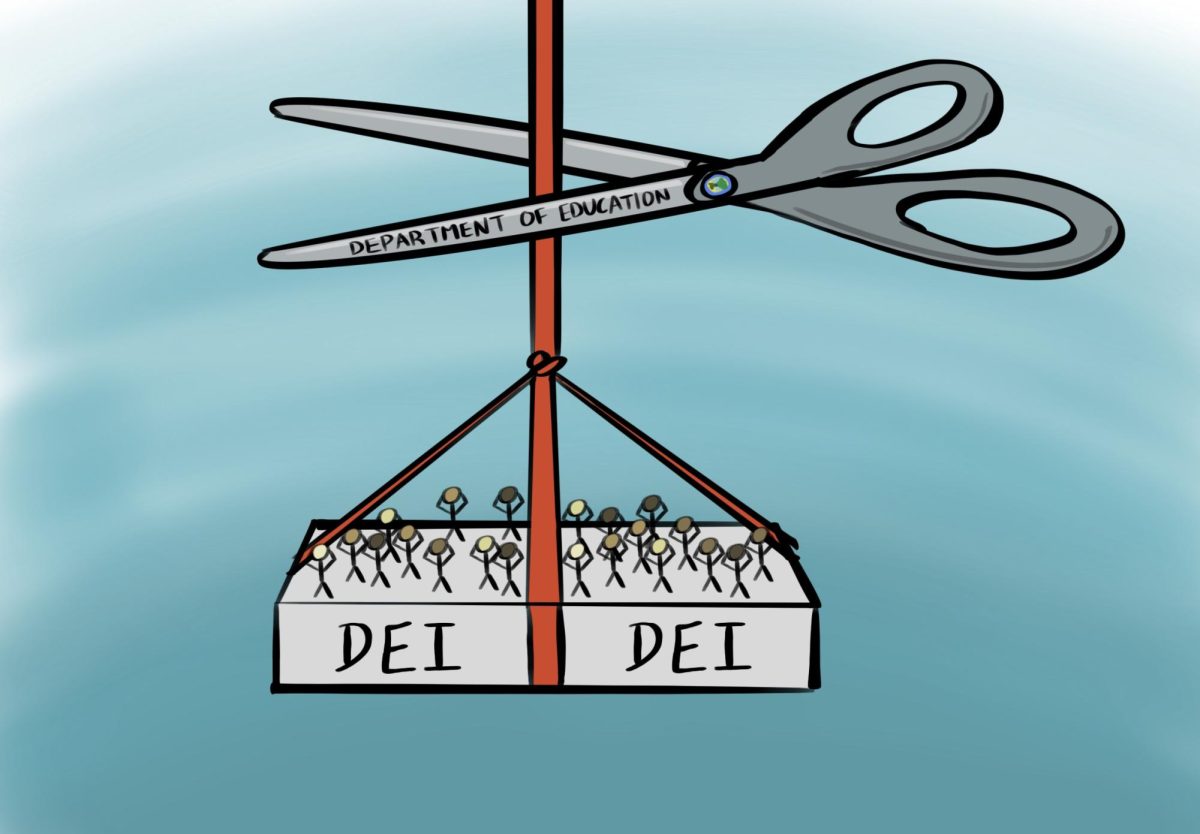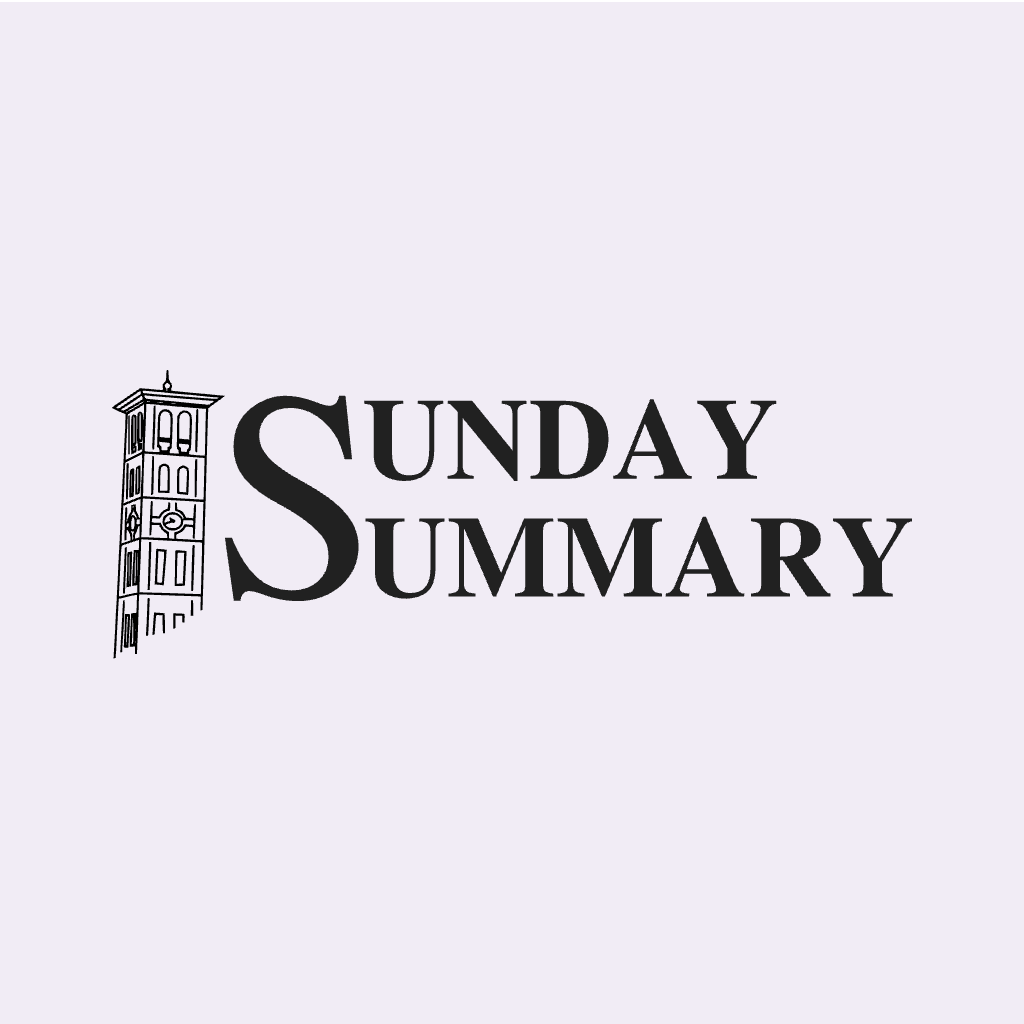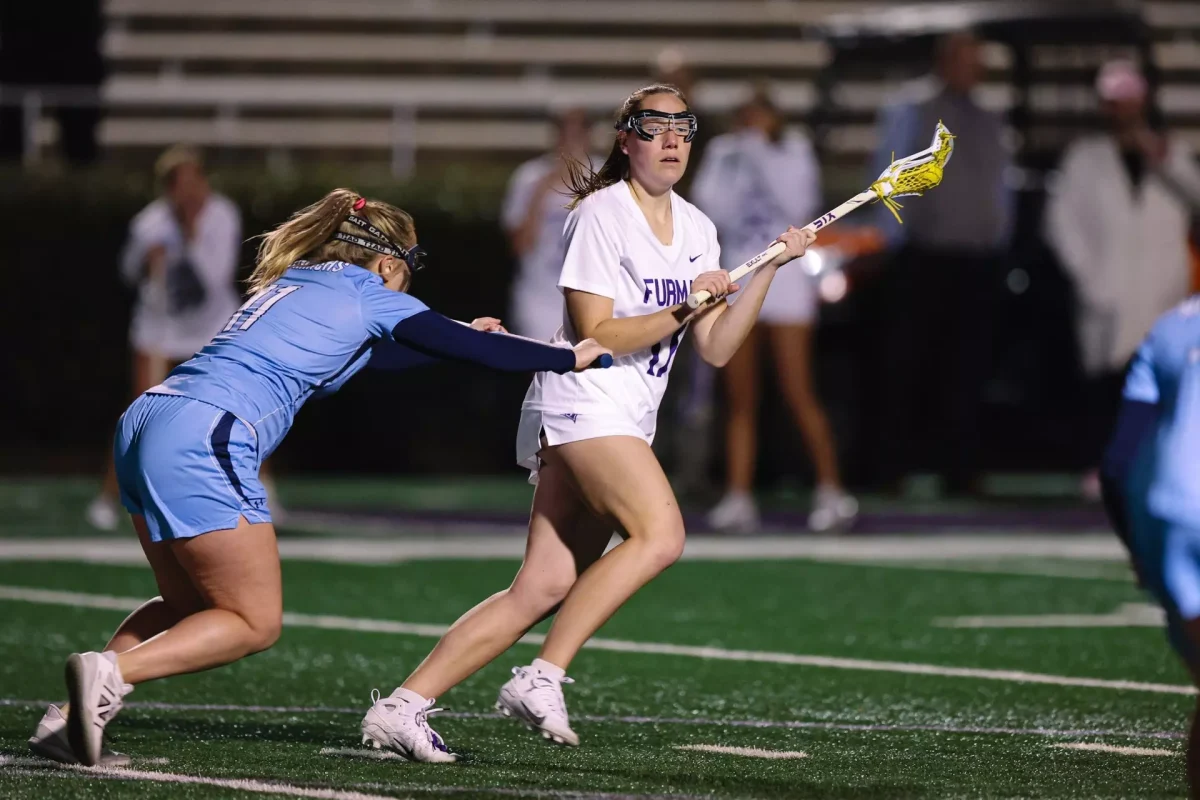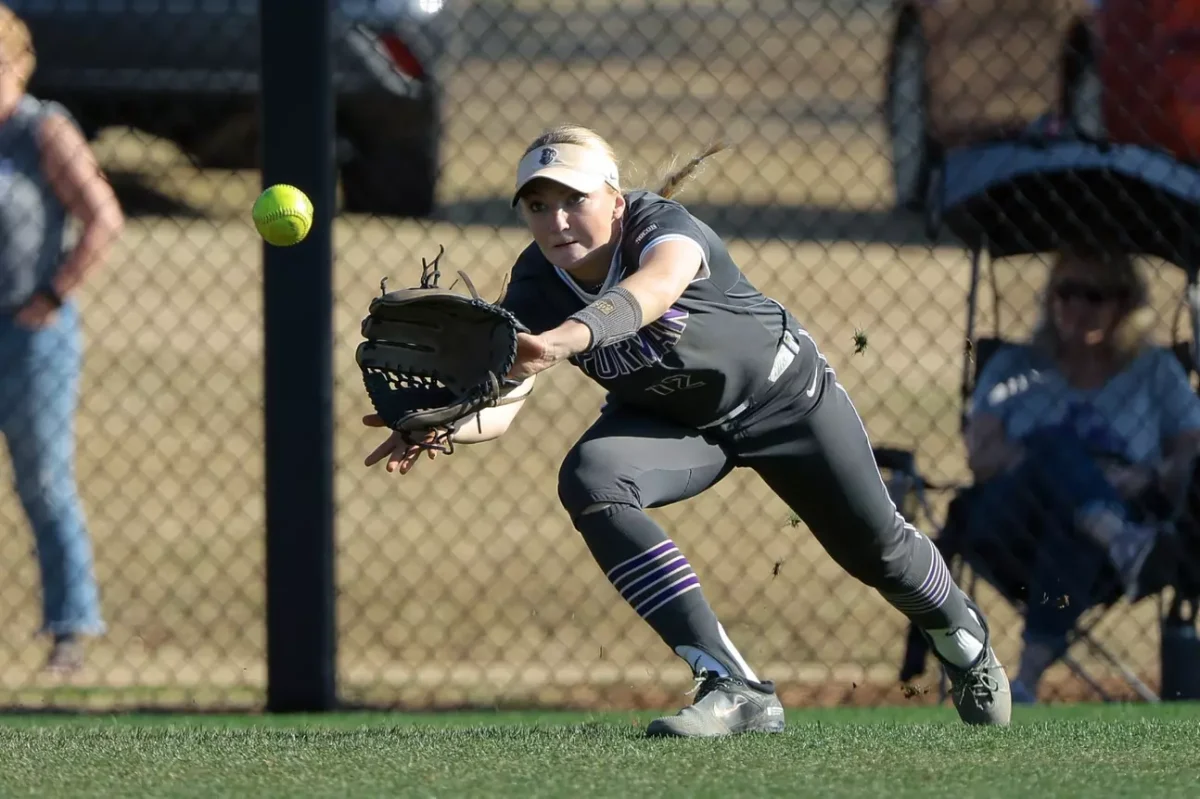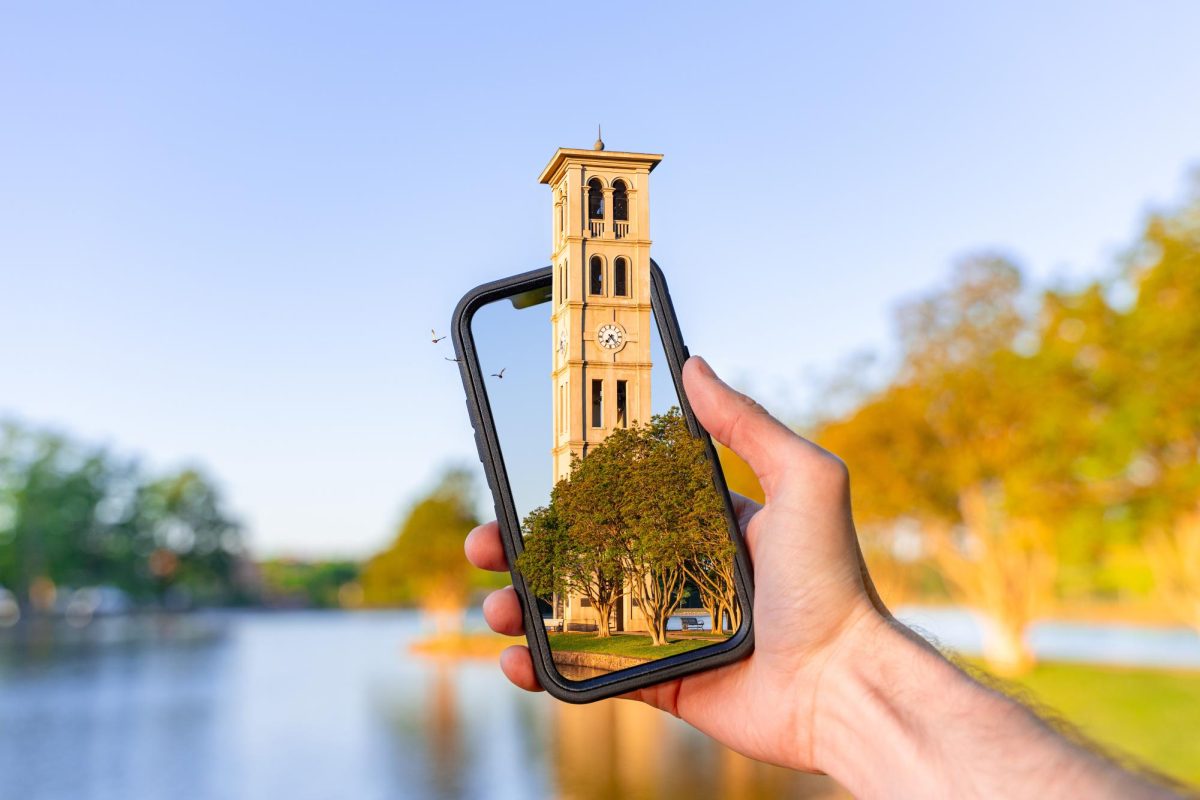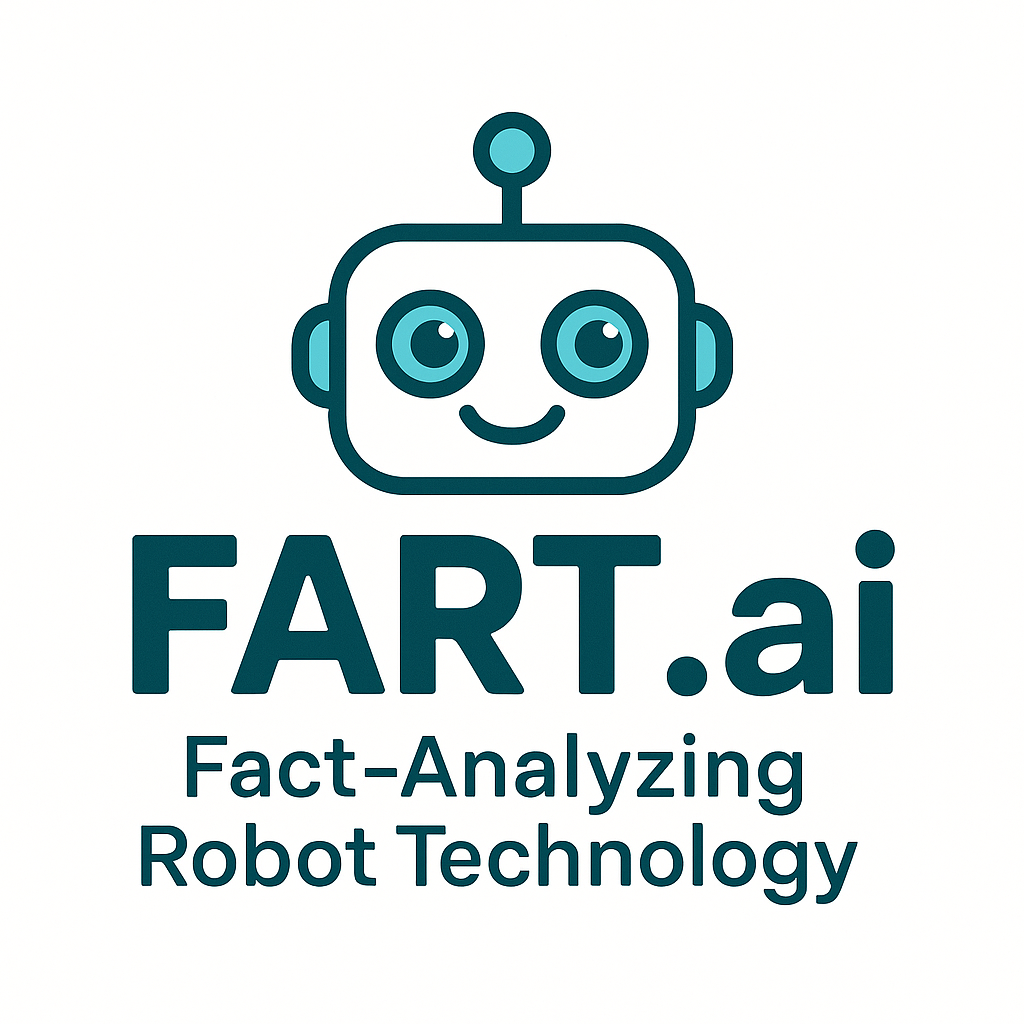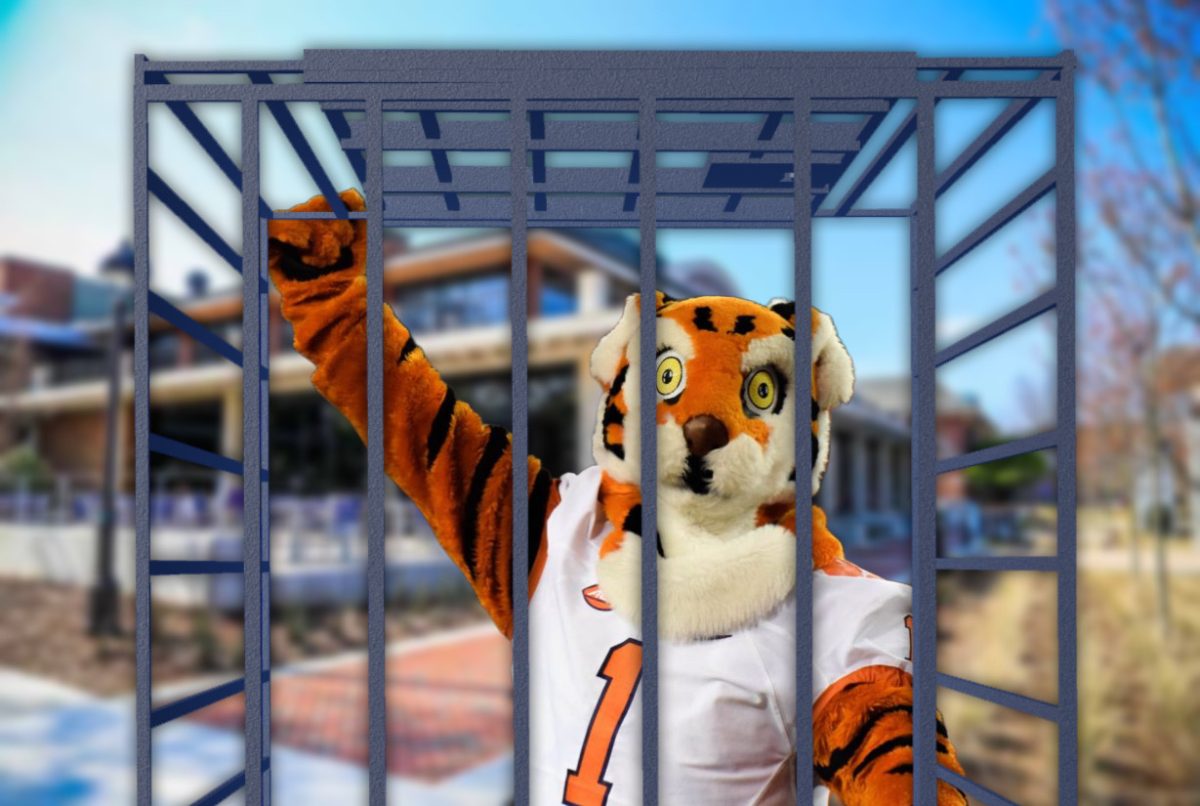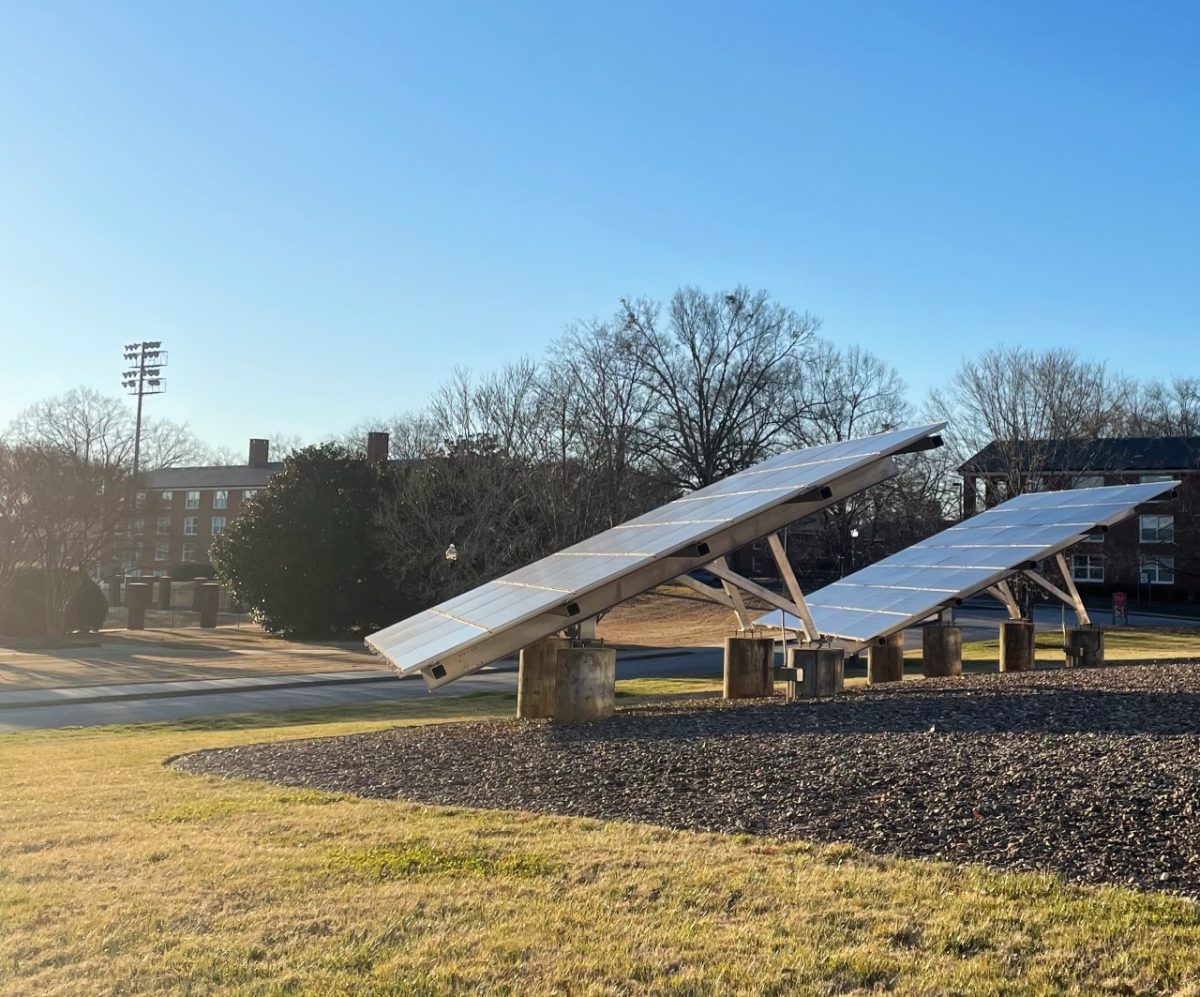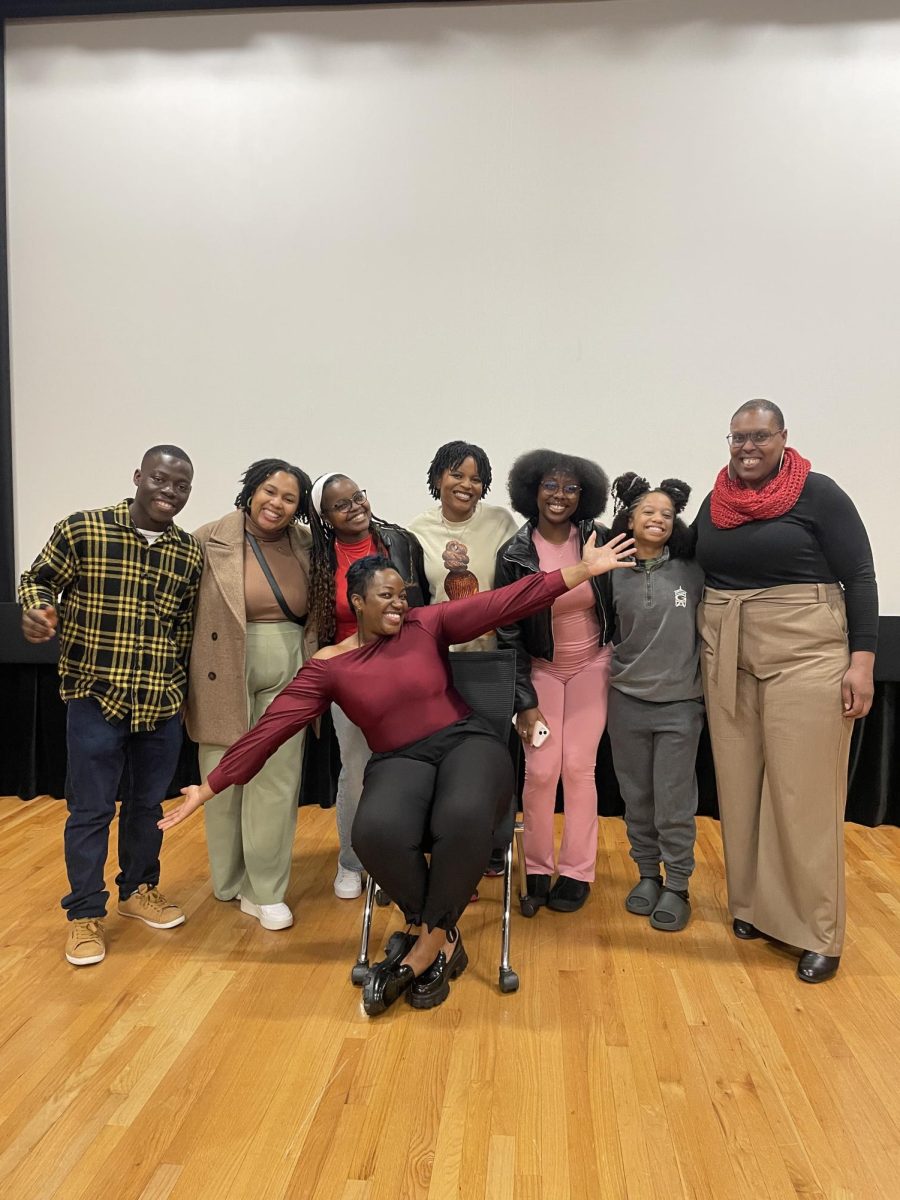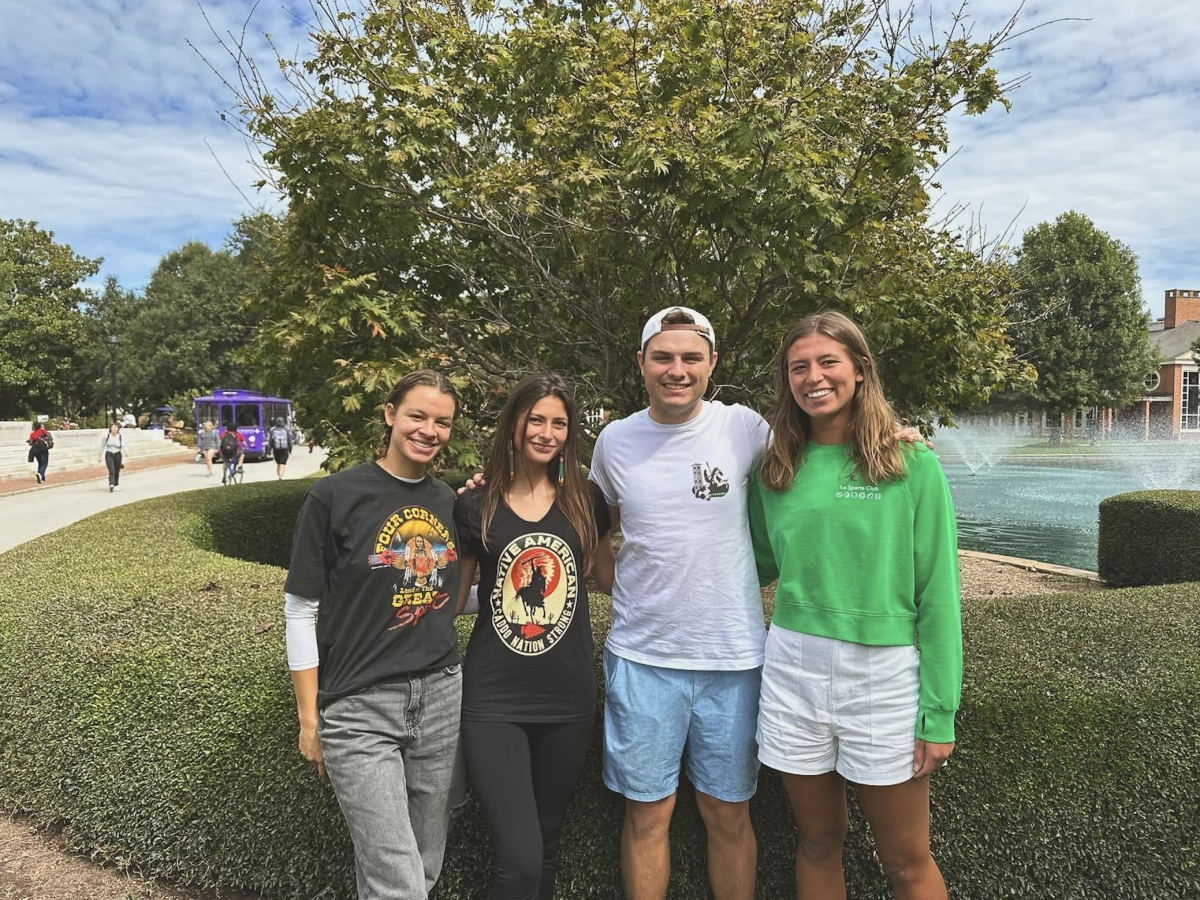Furman is not allowed to have many more solar panels.
Over the years, Furman has progressed towards its goal of carbon neutrality by adding solar panels throughout campus. The most recent addition, a five-acre solar farm, was completed in April 2017. There has not been much progress towards renewable energy since then.
Part of the problem is that Furman is near the legal limit on the amount of solar energy it can produce.
Before building the solar farm, Furman already had 92 kW of solar generation on the roof of the Physical Activities Center (PAC), 30 kW at the Shi Institute, and 12 kW near the south side of the Townes Science Center. With the 743 kW of solar power from the solar farm, Furman produces 877 kW of power—not far from the 1000 kW legal limit for nonresidential entities.
This limit was put in place in 2014 with the passage of the Distributed Energy Resource Program Act, which allowed homeowners, businesses, and educational institutions to participate in a net metering program. The net metering program allows these groups to install their own solar panels, attach them to the electrical grid, and receive credits on their power bill for the energy put into the grid. Net metering is highly popular, with all but three states participating in net metering or similar programs to some extent.
Building or leasing off-site solar to use as deductions from Furman’s carbon footprint is also off the table. Although Duke Energy, the energy provider for this portion of S.C., announced a new program for large businesses, local governments, and higher education to invest in large-scale solar and eventually receive bill credits around two years ago, Furman University has out ruled the program as an option because it is not cost-effective.
The program, called Green Source Advantage, was investigated by a group of stakeholders at Furman when it was first announced. Laura Bain, Associate Director for Sustainability Assessment at Furman University, shared that she collaborated with Duke Energy, Jeff Redderson (Furman’s Vice President of Facilities), Susan Maddox (Furman’s Chief Financial Officer), and a solar developer to model costs and savings over a 20-year term, but the model revealed that the potential savings of participating in Green Source Advantage never offset the costs.
When Furman evaluated the feasibility of the Green Source Advantage program, no other organization had chosen to participate. Bain emphasized that “not even larger companies who have deeper pockets or more pressing sustainability goals” have decided to participate in the program. “To me, that means it’s not set up in a way that makes it worth it for the customer.”
Duke Energy did not respond to requests to comment about participation in the Green Source Advantage program and its commitments to carbon neutrality.
While current law prevents Furman from making much further investment in solar energy production, S.C. has made it clear that it is not opposed to making changes to solar energy limits. Before 2014, the state limit on solar generation was only 100 kW. In 2019, It passed the Energy Freedom Act, which removed the statewide limit on the share of energy that can be produced by residential and business energy customers and adjusted the net metering program to better reflect energy prices.
Redderson confirmed that the University has not participated in any lobbying for the 1000 kW solar limit to change. With Furman’s carbon neutrality goal deadline approaching in 2026 , maybe it is time for Furman to take a more proactive approach in pushing for legislative change that will allow it to reach its carbon neutrality commitment.

